
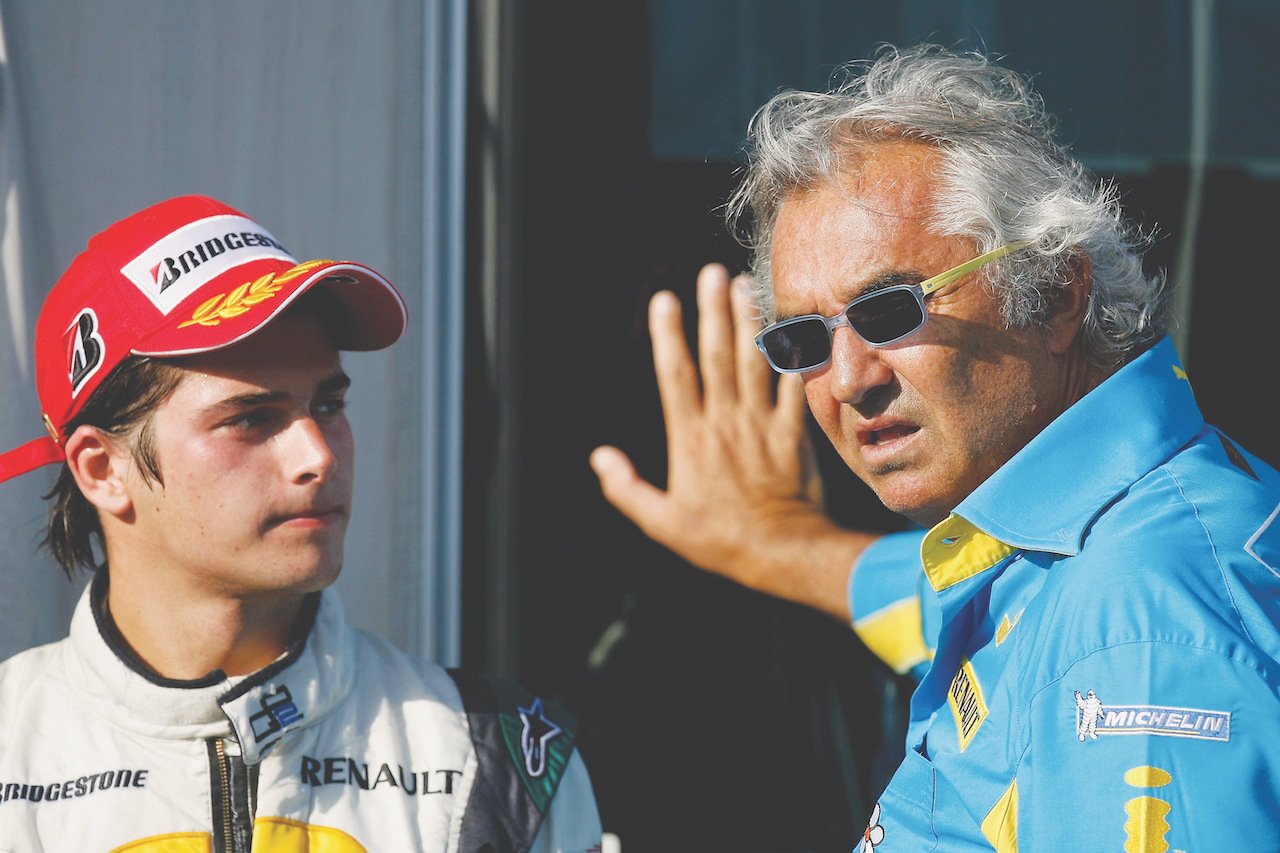
The phrase “crashgate” meant nothing to recent F1 converts until very recently. Today’s billion-dollar sport is a star- studded carnival of glitz that brings thrills and excitement to some of the most glamorous locations on the planet. F1 is as much about fashion, style, celebrity and excess as it is about fast cars. But scratch beneath the surface and it hides some dirty secrets, and none dirtier than the 2008 crashgate scandal, which years later now threatens to strip Lewis Hamilton — the joint holder of the all-time F1 record for world titles — of one his accolades.
Crashgate centered around a collision which took place on the 17th turn of the Singapore Grand Prix circuit when Renault F1 driver, Nelson Piquet Jr., crashed into a wall. He was unhurt but the position of the crash on the track meant a safety car had to be released, to slow the field while the debris was cleared. This turn of events gave Piquet’s teammate, Fernando Alonso a seemingly lucky advantage. At the time Alonso was having a torrid season and had struggled to reach the podium. Thanks to Piquet’s misfortune, Alonso went on to win the race and secure his first victory of the season.
Fate, it appeared, was on his side that night.
The seeds of crashgate were sown six years previously in 2002 when Renault rejoined F1 after 17 years on the sidelines. The company took over Benetton racing in 2000 before rebranding as Renault F1 for the 2002 season. The team remained essentially the same with convicted fraudster, former fugitive and businessman Flavio Briatore in charge and Pat Symonds heading the technical department.
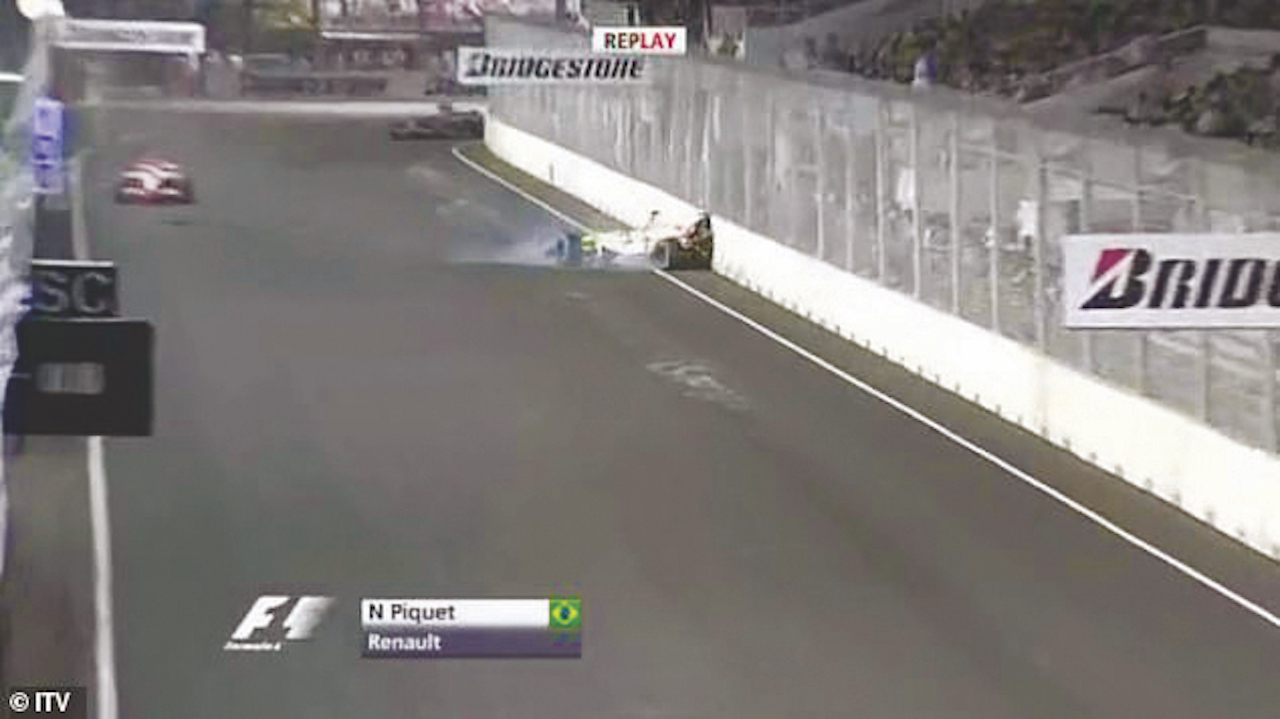

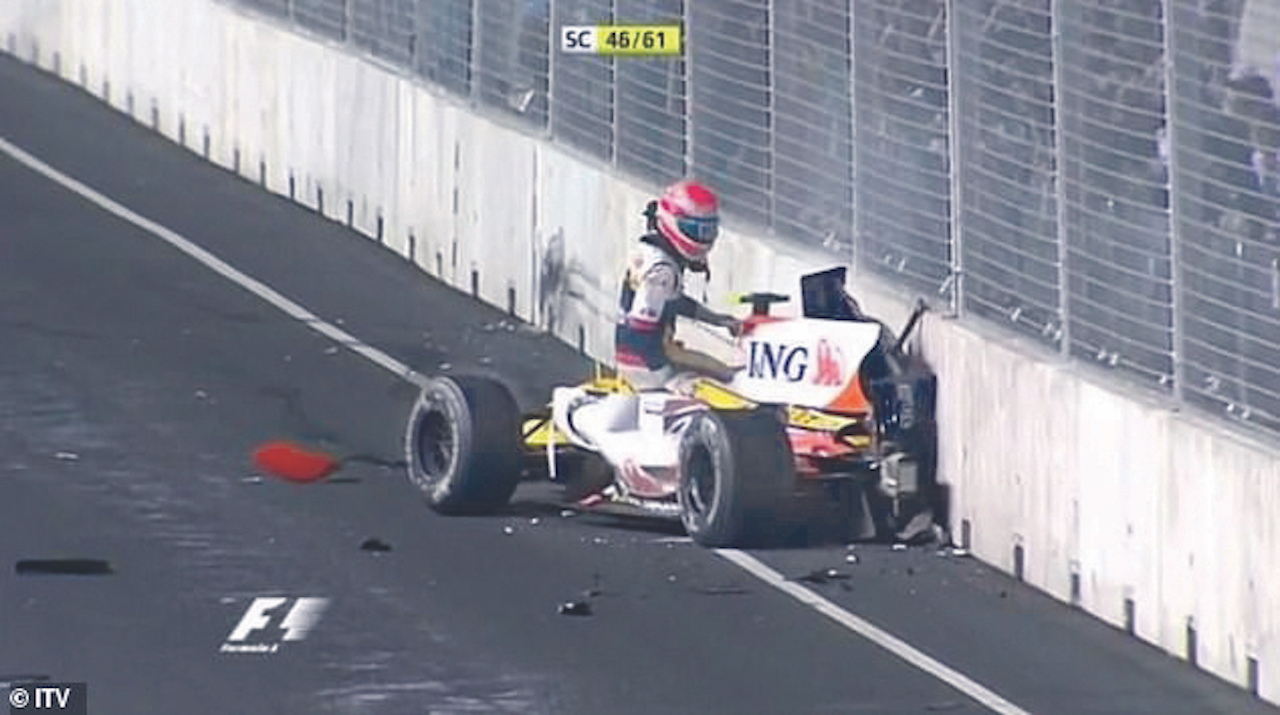
Spaniard Alonso joined in 2002 and in 2005 won the driver’s championship while his team took the constructor’s championship. The following season he once again won the driver’s championship and secured the constructors championship for Renault.
It came as a surprise in 2007 when, due to new technical regulations that were introduced, he decided to leave the team and join McLaren, where his young teammate was Lewis Hamilton who was embarking on his first ever season in F1.
Alonso only stayed at McLaren for a season and returned to struggling Renault in 2008, which had only managed two podium places in 2007. Piquet, the son of a three-time champion, was second driver. The season did not start well and Alonso struggled to score a podium place.
Singapore was the 15th race of the world championship and also the first ever F1 night race. Alonso’s teammate from the previous year, Hamilton, was leading the championship by a point ahead of Felipe Massa. On the grid Alonso was 15th, just one place ahead of his junior teammate and as the cars roared off, Massa took the lead while Alonso got lost in the middle of the field and failed to make up any ground.
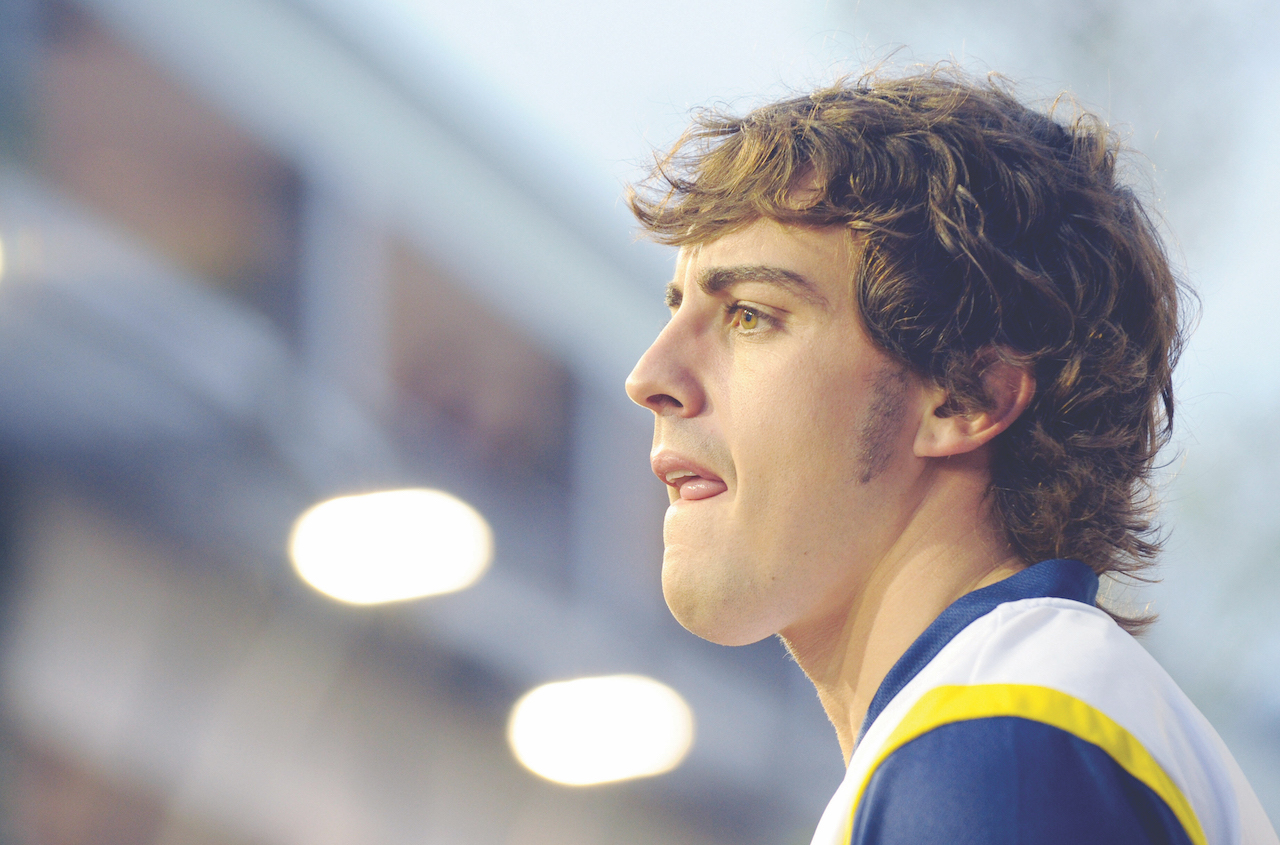
Renault decided on a novel strategy and had started Alonso with low fuel, which meant his car was lighter than the others. The hope was that he would then have an advantage which he could use to gain early ground. However, it also meant that on lap 12 he needed to pit to refuel and change tires.
When he came out, he re-joined the race at the back of the field as expected but had the advantage of already having pitted ahead of the other competitors. Two laps later Piquet crashed. The awkward location of the accident meant that debris could not be cleared while the race was active and so the safety car came out, behind which the race field, which had previously been spread out, then bunched up. The landscape of the race completely changed and when the race did start there was a back-up of cars pitting which caused chaos in the pit lane as teams had to double stack both their cars.
Alonso found himself leading the race and maintained his lead despite pressure from Hamilton who came second. He stepped on the podium for his first win of the season. Massa finished out of the points entirely.
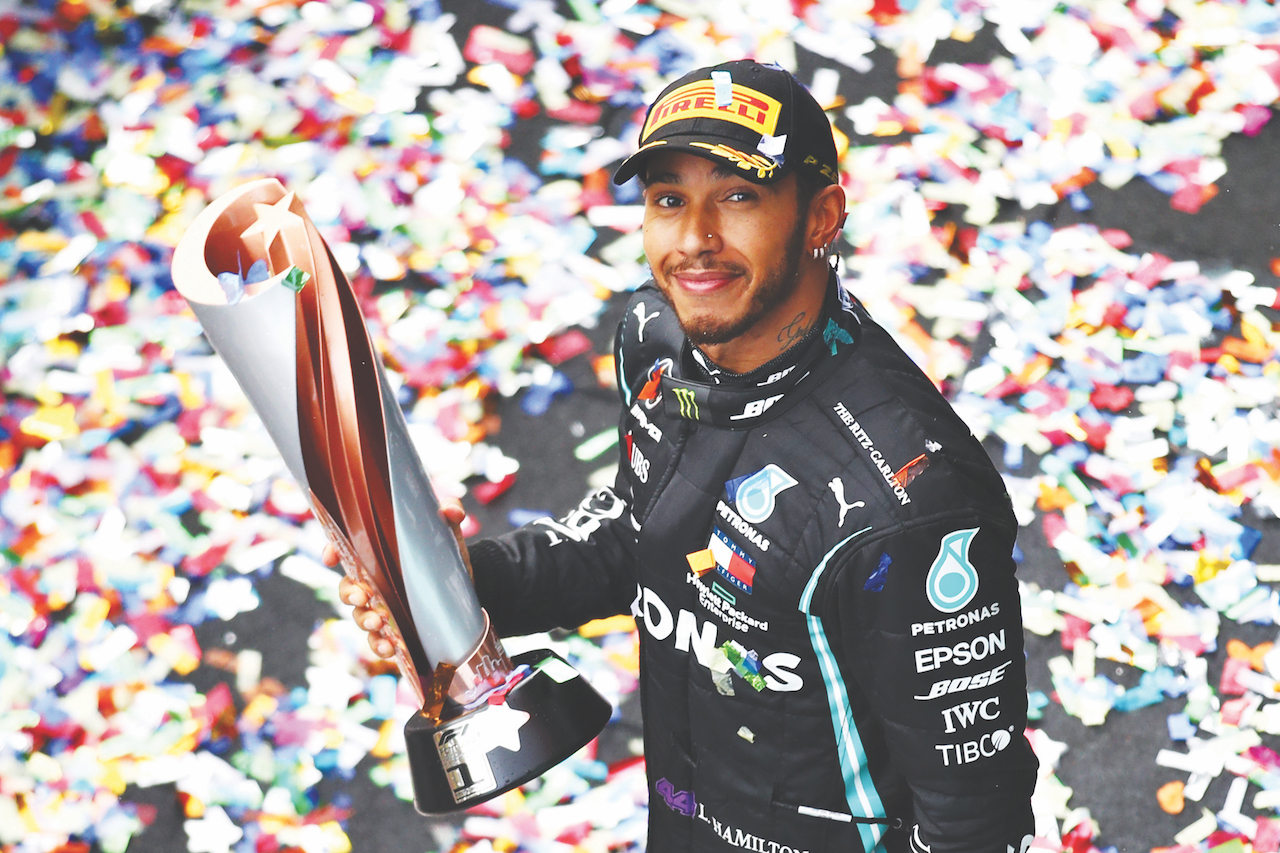
“This will be a historic race for Formula 1,” he said in a post-race interview.
Alonso went on to win the next race in Japan. Hamilton clinched the championship at the final race in Brazil, just a point ahead of Massa, and despite his two wins of the season, Alonso finished fifth.
In August 2009, Piquet had amassed zero points by round 10 and was unceremoniously dropped and replaced by Roman Grosjean.
A year had passed since Piquet’s Singapore crash which had been chalked up as just another of the 1.4 crashes that occur on average during each race in the season. What happened next then, caused shockwaves not just in F1, but throughout the world of sports.
In the week of his departure from Renault, Piquet went to the FIA and revealed that Briatore and Symonds had directed him to crash to allow Alonso to win. His former employer, he claimed, had fixed the results.
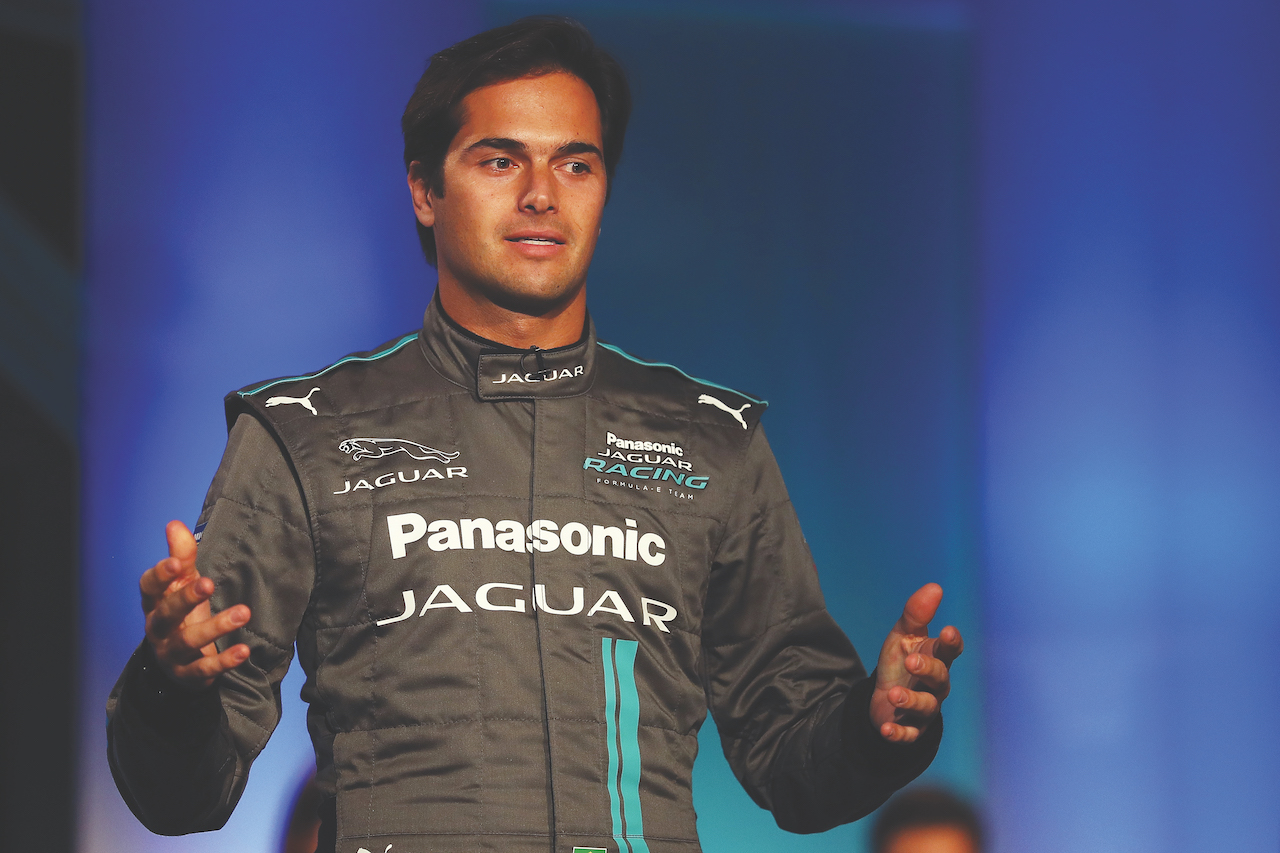
The FIA took his allegations seriously and issued a holding statement which announced they were investigating “alleged incidents at a previous event.”
Five days later, Renault F1 were formally accused of interfering with the outcome of the race and of conspiring to deliberately crash to give their star driver an advantage. The team was ordered to attend a hearing at a FIA world motorsport council meeting on September 21. In the following days Piquet made two further statements to the FIA and said he’d had a conversation with Briatore in which the best location to crash on the Singapore course was discussed.
Initially Renault came out fighting and threatened legal action against Piquet, who they accused of blackmail. But on September 15, the team reversed its position and released one of sport’s most earth-shattering statements, effectively admitting to the crime.
“The ING Renault F1 team will not dispute the recent allegations made by the FIA concerning the 2008 Singapore Grand Prix. It also wishes to state that its manager director, Flavio Briatore and its executive director of engineering, Pat Symonds, have left the team,” it said.
At the subsequent FIA meeting the following week, Alonso was cleared of any involvement while Renault F1 received a disqualification from the sport for the offense, which was ruled as “of unparalleled severity.” However, in another twist, officials decided to suspend the punishment for two years because Renault had admitted cheating and had severed ties with Briatore and Symonds. The former denied any wrongdoing and was given a lifetime ban from F1 events (later overturned) while Symonds admitted his part in the scheme and received a five-year ban. He later returned to the sport and is now chief technical officer for F1.
Piquet positioned himself as a victim and many sympathized.
He told the hearing: “My situation at Renault turned into a nightmare. Having dreamed of being a Formula 1 driver and having worked so hard to get there, I found myself at the mercy of Mr. Briatore. His true character, which had previously only been known to those he had treated like this in the past, is now known. Mr. Briatore was my manager as well as the team boss, he had my future in his hands but he cared nothing for it. By the time of the Singapore GP he had isolated me and driven me to the lowest point I had ever reached in my life. Now that I am out of that situation, I cannot believe that I agreed to the plan, but when it was put to me, I felt that I was in no position to refuse.”
Piquet was paid substantial compensation by Renault and received an apology but never raced in F1 again. He went to the US and competed in NASCAR for a few years before joining Formula E in 2014 where he won the inaugural championship. He currently competes full-time in the Brazilian Stock Car Pro Series driving a souped-up Toyota Corolla.
And the dirty legacy of crashgate refuses to die. In a recent interview, 92-year-old Bernie Ecclestone, who was CEO of F1 at the time of the scandal, admitted that he believed Massa had been robbed of the 2008 title and indicated that he and F1 president Mosley knew about the crash during the season when the result could have been overturned, thereby taking points off Hamilton for his win there and handing the title to Massa.
He told F1-insider: “According to the statutes, we should have canceled the race in Singapore under these conditions. And then Felipe Massa would have become world champion and not Lewis Hamilton.”
Massa is considering a legal challenge. He said: “This is very sad, to know the result of this race was supposed to be canceled and I would have a title. In the end, I was the one who lost the most with this result. So, we are going after it to understand all this.”
It appears that the race is not over yet.
Read the new GRAZIA Gazette: F1 Miami edition:













